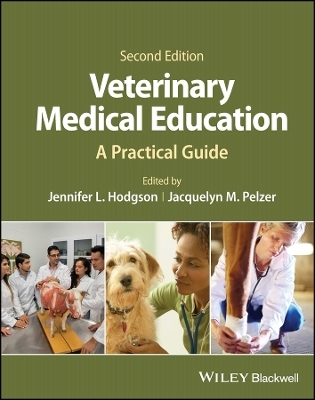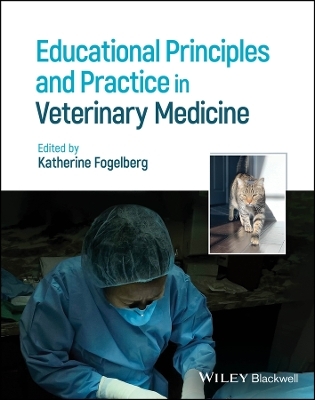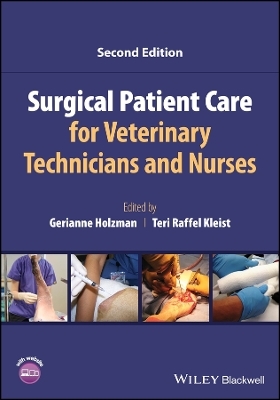
Genetic Toxicology
Springer-Verlag New York Inc.
978-1-4684-4354-7 (ISBN)
Welcoming Comments.- and Overview, Chairman’s Comments.- Overview of Genetic Toxicology.- to an International Symposium on Genetic Toxicology — An Agricultural Perspective.- Health Risks and Exposure.- Approaches to the Genetic Safety Evaluation of Agricultural Chemicals.- Bases for Concern, Chairman’s Comments.- Patterns in Urban and Rural Cancer Incidence.- Cancer Risks Associated with Agriculture: Epidemiologic Evidence.- Extrapolation of Mutagenicity Testing to the Human.- Genotoxic Agents in the Agro-Ecosystem, Chairman’s Comments.- Mutagenic and Carcinogenic Chemicals in the Egyptian Agricultural Environment.- Biological Characteristics of the Aflatoxin-Induced Hepatic Tumor.- Mechanisms of Dietary Modification of Aflatoxin B1 Carcinogenesis.- Toxic Agents in the Agro-Ecosystem, Chairman’s Comments.- Viruses as Environmental Carcinogens: An Agricultural Perspective.- Trace Elements and Teratology: An Interactional Perspective.- Pesticides as Environmental Mutagens.- Analysis of Toxicants in Agricultural Environments.- Exposure Assessment for Agricultural Chemicals.- Mutagens in Cooked Food.- Detection and Evaluation of Potential Hazards to Human Health, Chairman’s Comments.- Study of Pesticide Genotoxicity.- Plant Dependent Mutation Assays.- Cytogenetic Studies of Agricultural Chemicals in Plants.- Cytogenetic Studies in Animals.- Detection and Evaluation of Potential Hazards to Human Health (Second Session), Chairman’s Comments.- Dose Response Relations: The Effects of DNA Repair.- Mutation InVivo in Human Somatic Cells: Studies Using Peripheral Blood Mononuclear Cells.- Genetic vs. Nongenetic Chemical Carcinogenesis and Risk Assessment.- An Overview of Regulatory Responsibilities.- Toxicological Procedures for Assessing the Carcinogenic Potentialof Agricultural Chemicals.- Mutagens, Carcinogens, and Anti-Carcinogens.- Roundtable Discussion: Research Priorities and Perspectives — Industry, Universities, Government.- List of Speakers.- List of Participants.
| Erscheint lt. Verlag | 25.11.2012 |
|---|---|
| Reihe/Serie | Basic Life Sciences ; 21 |
| Zusatzinfo | IX, 550 p. |
| Verlagsort | New York, NY |
| Sprache | englisch |
| Maße | 178 x 254 mm |
| Themenwelt | Veterinärmedizin |
| ISBN-10 | 1-4684-4354-2 / 1468443542 |
| ISBN-13 | 978-1-4684-4354-7 / 9781468443547 |
| Zustand | Neuware |
| Informationen gemäß Produktsicherheitsverordnung (GPSR) | |
| Haben Sie eine Frage zum Produkt? |
aus dem Bereich


